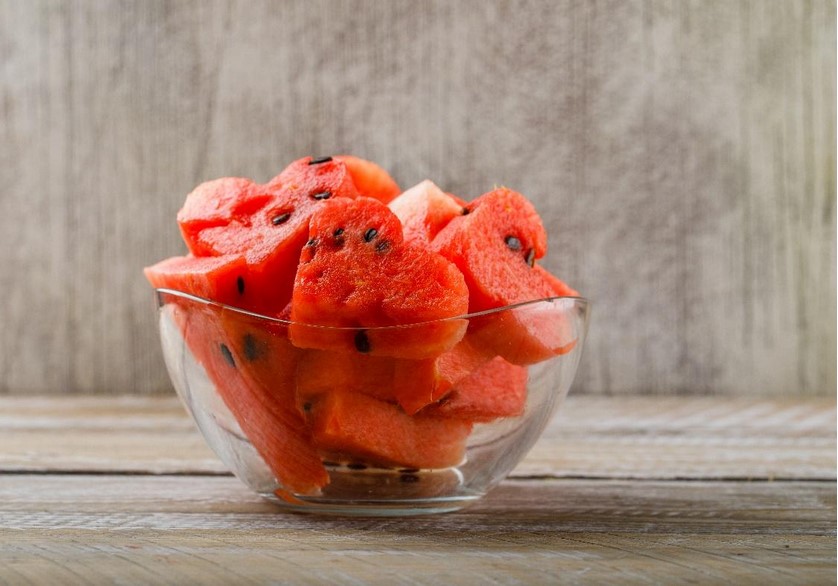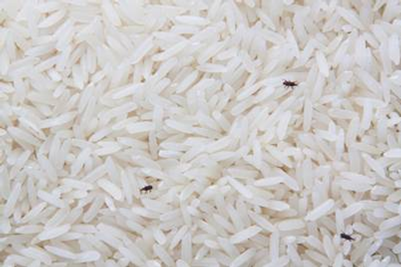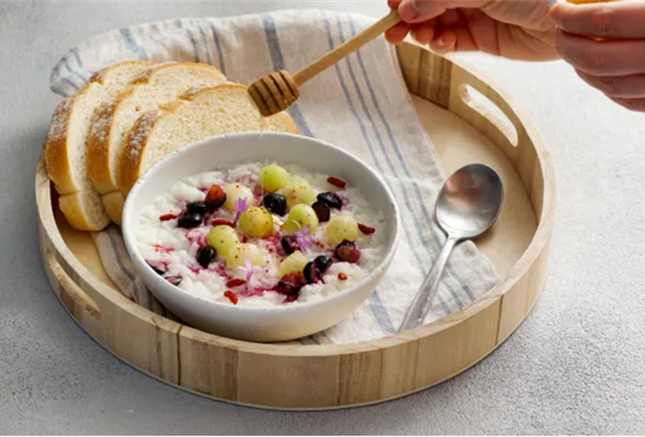How does Listeria enter cut fruits?
Listeria is a food-borne bacteria that can survive in different types of environments.
Since it can be found almost everywhere, Listeria can contaminate our fruits during cultivation. (Another common example of such contamination is enoki mushrooms.)
Listeria contamination may also occur when preparing and storing fruits. For example, if the fruit is not washed properly, Listeria may be left on its skin, and the bacteria may then get transferred to the flesh when cutting the fruit. Dirty equipment and surfaces can also cause Listeria contamination.
Listeria survives well in cut fruits as the nutrients and moisture make it an ideal environment for them to grow. It also thrives in fruits with lower acidity, such as cantaloupe, a low-acid fruit that has been linked to multiple Listeria outbreaks globally.
How do we ensure the safety of cut fruits in Singapore?
Food safety is a joint responsibility of the government, the food industry, and consumers.
SFA conducts regular inspections and sampling to ensure cut fruits sold in local food establishments are safe. Importers of cut fruits are required to submit documentary proof to SFA that the imported products are produced under sanitary conditions in a regulated establishment. They must also provide laboratory test results every six months.
Food handlers play an important role in ensuring the safety of cut fruits too. Our Guidelines on Handling Raw Vegetables and Fruits specify the best practices for food handlers to follow.
As consumers, you can also do your part to ensure your cut fruits are safe to eat:
Buy cut fruits from SFA-licensed food establishments.
Refrigerate cut fruits at 4°C and below if not consuming immediately.
Always keep cut fruits covered and away from raw food (e.g., raw meat and fish) to avoid cross-contamination.
Discard cut fruits that have been left at room temperature for more than two hours.
About the Author
Herman Teo is a Senior Scientist from the Risk Assessment and Communications Department of the National Centre for Food Science. With a Masters in Food Science and Human Nutrition from the National University of Singapore, his recent work includes the regulatory framework for insects for food and feed, and examining emerging food processing risks.




